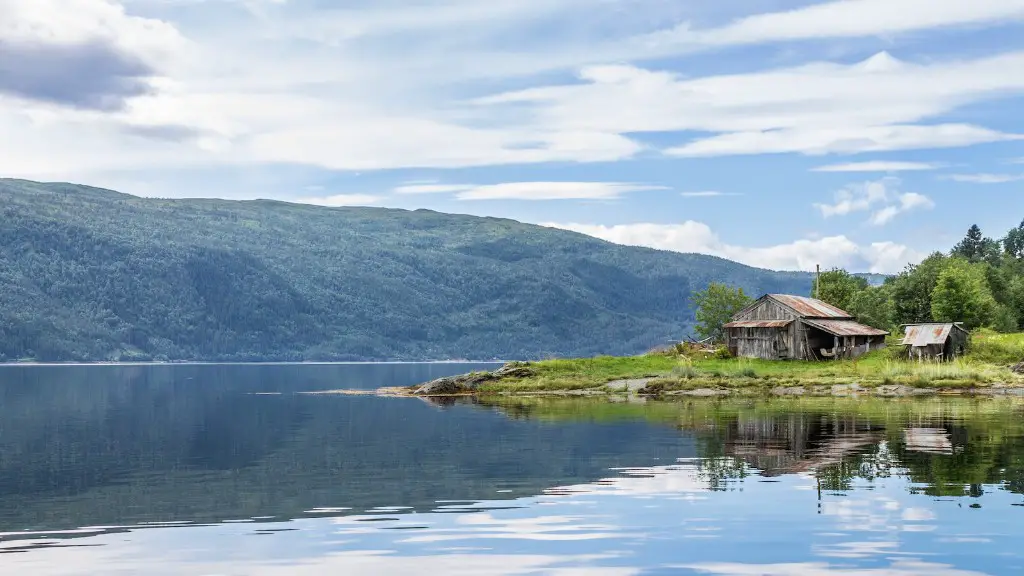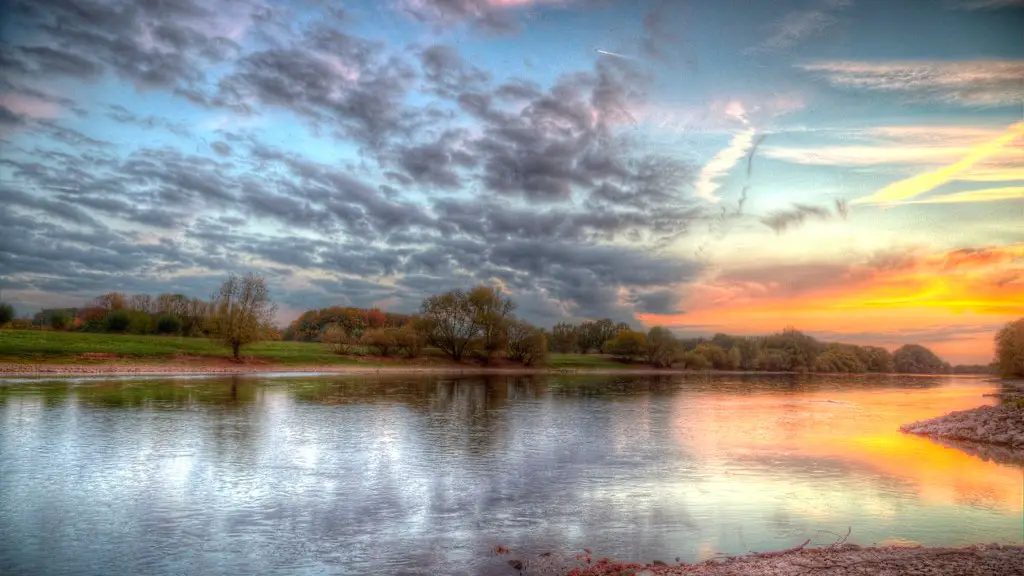Hernando de Soto
Hernando de Soto was the Spanish explorer credited with being the first European to have encountered and explored the Mississippi River. He was born in Jerez de los Caballeros, in present-day Spain around 1536 and sailed to America in 1539. He joined Francisco Pizarro and helped him establish an empire in Peru. His expedition in search of gold and riches began in 1539.
In 1540, a fleet of nine ships under the leadership of Hernando de Soto left from Havana, Cuba towards the Gulf of Mexico. After landing in the present-day state of Florida, de Soto’s expedition travelled north through the southeastern part of the United States, camping for the winter in modern-day Arkansas. The following spring, de Soto crossed the Mississippi River near present-day Memphis, Tennessee.
During this expedition, de Soto and his men encountered many Native American indigenous groups, including the Cherokee, Chickasaw, Choctaw and Natchez. De Soto’s expedition was eventful, with his men engaging in skirmishes with the Native American tribes, as well as experiencing periods of extreme privation. After nearly three years of exploring, de Soto and his men crossed the Mississippi River once again at present-day Louisiana and continued their journey towards Mexico.
De Soto died in May 1542, after suffering from a fever during the expedition. Even with his death, the expedition continued on for another two years. Following its conclusion, little was written about de Soto’s expedition and he was largely forgotten until the early 20th century, when historians and archaeologists began to piece together the clues to his journey.
Jacques Marquette
Jacques Marquette was a 17th-century French explorer credited with exploring the Mississippi River and its tributaries. Marquette was born in Laon, France in 1637. After joining the Society of Jesus, he arrived in Quebec in 1666. In 1673, Marquette and Louis Jolliet embarked on an epic journey to explore the Mississippi River.
The two men’s journey began at the post of St. Ignace, which is present-day Michigan, and headed south. Along their voyage, they encountered many Native American tribes, mapped previously uncharted territory and recorded various plants, animals and bodies of water. During the summer of 1673, Marquette and Jolliet reached the mouth of the Wisconsin River and determined it to be a tributary of the Mississippi River.
After reaching the Arkansas River, Marquette and Jolliet split up. Marquette continued on his journey alone and ventured farther south, while Jolliet returned to Canada. Marquette established a mission among the Illinois Indians, who he had befriended during his expedition, and spent the winter of 1675-1676 there before continuing his journey. In 1677, he reached the mouth of the Mississippi River. Marquette died shortly thereafter, most likely from malaria, and was buried near the river.
Daniel Greysolon, Sieur du Lhuillier
Daniel Greysolon, Sieur du Lhut, was a French explorer who explored the present-day Midwest and Great Lakes regions of the United States. Born in Lorraine, France, in 1639, he joined the French military at an early age and soon rose to the rank of captain. In 1678, he was chosen by King Louis XIV to lead an expedition to explore and map the region of what is now the Midwest.
Du Lhut left from Montreal, Canada in 1679 and headed west along the southern shores of Lake Superior. He encountered many native tribes and explored the region between present-day Minnesota, Wisconsin and Michigan. In 1681, du Lhut travelled south to the Mississippi River, where he encountered the Sioux tribe and signed a treaty on behalf of France. Du Lhut explored the Mississippi River valley and the Missouri River, becoming the first European to have travelled the length of the Mississippi.
Du Lhut’s journey was remarkable, travelling an estimated 40,000 miles in five years and covering roughly the same territory as the Lewis and Clark Expedition. Upon his return to Quebec in 1684, du Lhut was made a chevalier by King Louis XIV, a recognition of his service to France. He died in Quebec in 1710, after having accumulated great wealth from his travels and adventures.
John Law
John Law was a Scottish economist and adventurer who explored the Mississippi River in the early 18th century. Born in Edinburgh in 1671, Law was a gifted mathematician who quickly rose in the ranks of the aristocracy due to his intelligence and financial expertise. In 1705, King Louis XIV appointed Law to a position in the court of finance. The following year, King Louis made Law a feudal lord and gave him control over the French economy.
In 1717, John Law launched the Mississippi Company, a joint-stock trading company whose main purpose was to explore and exploit the resources of the Mississippi River. The company was granted the monopoly on trading rights with the colonies in the Mississippi Valley and extended its reach far into the interior of the continent. Law’s travels up the Mississippi River opened up many new markets and established trading networks which enabled the growth of French colonies in the region.
In 1720, disaster struck when the company’s stock collapsed due to a scandal. Law fled to England, where he died in 1729. Despite his death, the Mississippi Company continued to function for many years and played a major role in the development of France’s New World colonies.
Robert La Salle
Robert La Salle, or Robert Cavelier, was a French explorer who sailed down the Mississippi River from the Great Lakes to the Gulf of Mexico. Born in Rouen, France in 1643, La Salle was a restless young man who longed for adventure. In 1666, La Salle joined the Society of Jesus and became an instructor of maths at the Jesuit College of La Flêche.
In 1669, La Salle Left France and travelled to New France, what is now Quebec. From here he led a series of expeditions throughout the American continent. La Salle established the first fur-trading posts in the Great Lakes area and became the first European to explore both the Ohio and the Mississippi rivers. In 1682, he sailed down the Mississippi River in a 51-foot barque and reached the Gulf of Mexico, becoming the first European to have travelled the entire length of the river.
La Salle’s explorations set the stage for France’s colonization of the continent and he is regarded as one of the most influential explorers of his time. He died in what is now Texas in 1687, possibly killed by one of his own men during a mutiny.
Exploration of the Mississippi River
The exploration of the Mississippi River, and the lands that border it, had a lasting impact on the settlement of the present-day United States and Canada. From the earliest encounters with Native American tribes to modern-day riverboat gambling, the exploration of the Mississippi was a cornerstone of the development of the continent. Explorers such as Hernando de Soto, Jacques Marquette, Daniel Greysolon, Sieur du Lhut, John Law and Robert La Salle all made significant contributions to the mapping of this essential waterway.
The exploration of the Mississippi River region was a remarkable achievement that has left a lasting legacy on the United States and Canada. The contributions of these explorers to the understanding of the land and its people are still felt today. Their courage, determination and perseverance will forever be remembered.
Mississippi River today
The Mississippi River is still an important part of American culture today. The river is used for transportation, commerce, industry and recreation. The river is home to a multitude of diverse wildlife. The banks of the river are lined with farms, businesses, and cities. The river also serves as the seasonal habitat of millions of fish and birds. For many people, the river is an important source of inspiration and an escape from the everyday world.
Today, the river is used in a multitude of ways, from hydropower generation to transportation. The Mississippi River is a major supplier of fresh water and fertile soil for farmers. The Mississippi Delta is an important agricultural center, growing a variety of crops as well as providing a home for migratory birds and endangered species.
The Mississippi River is a source of beauty, recreation and inspiration to many people. Its importance to the United States and its place in American culture is undeniable. It is a source of pride for the people who understand and appreciate its history, and it will continue to be an essential part of life for many years to come.
Historical significance
The exploration of the Mississippi River is an important part of American history. It was instrumental in the development of the nation, influencing the establishment of its population centers, its industry, and its commerce. The exploration of the Mississippi River was a massive undertaking, and its discovery helped to open up the American continent to exploration, resource extraction, and settlement.
The exploration of the Mississippi River also helped to shape the opinions of the Native American tribes that lived along the river and helped to usher in a period of cooperation between Europeans and Native Americans. Without the contributions of the early explorers, the history of the United States would have been much different.
The exploration of the Mississippi River was a remarkable chapter in American history. Its influence continues to this day as it plays a vital role in the United States economy, recreation, and development. The significance of the exploration of the Mississippi River will forever be remembered.
Environmental impact
The exploration of the Mississippi River has had extensive environmental impacts both positive and negative. Industrial and agricultural runoff, damming of the river, and the destruction of wetlands are some of the negative impacts that the exploration of the Mississippi River has had on the environment and its wildlife.
Biodiversity has been greatly impacted by the exploitation of the river and its tributaries. This has been especially true in the Gulf of Mexico, where the destruction of the wetlands and fisheries have had an enormous impact on the region’s marine life. Recreational activities have been greatly diminished due to pollution and habitat destruction.
The exploration of the Mississippi River has also had positive impacts, however. The introduction of trade and commerce brought prosperity to the region and helped to develop the industrial infrastructure of the United States. Conservation efforts have also been implemented to help protect the river and its surrounding areas from further damage.
The exploration of the Mississippi River has had both positive and negative impacts on the environment. It is important to recognize the importance of the river in American history as well as the need for conservation and protection of the river and its surroundings.





